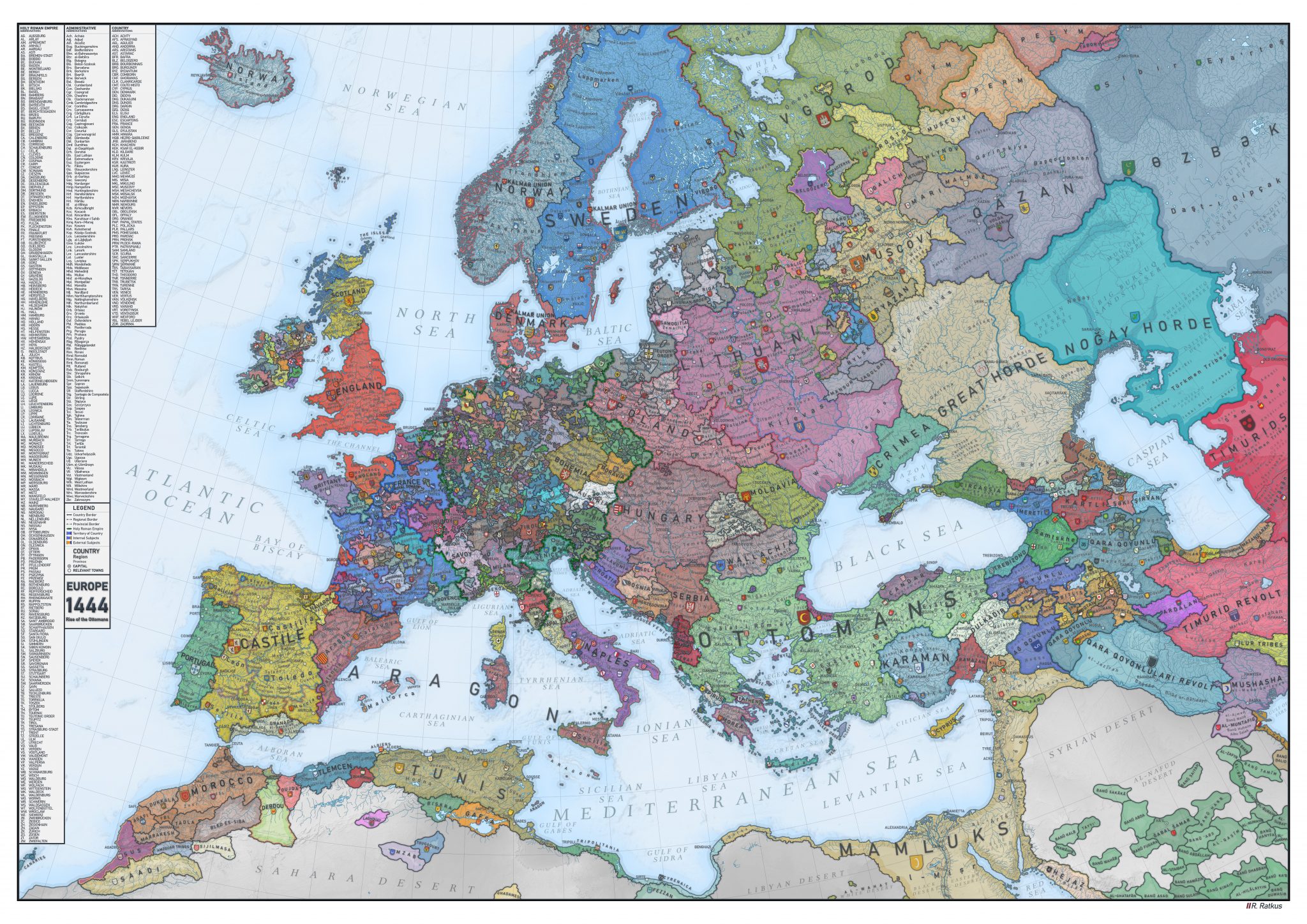

These debates took place in councils of bishops which occurred from time to time. They became known as the “patriarchs” (from the Greek word for “fathers”) of the Church.ĭebates there were many, as, over the centuries, Church leaders hammered out what exactly it was that they believed, what was permissible but not necessary to believe, and what was not to be believed. The bishops of Antioch, Alexandria, Rome and Carthage came to be seen as having special prestige, with special authority in the debates of the Church. Some bishops became more prominent than others, mostly depending on the size and importance of the cities in which they were based. The different congregations of each town or city elected an overall leader, or bishop. Each congregation formed its own cell, meeting in the house of one of its members and electing its own elders and pastors. Under such circumstances, there could be no overall, tightly-knit organization. It was often persecuted at a local level, and sometimes it was the target of state-sponsored, empire-wide attempts to destroy it altogether. Until the 4th century it was virtually an underground organization.

The Christian Church had its origins dating back to the beginnings of the Roman empire, in the ministry, death and (Christians believe) resurrection of Jesus of Nazareth. To understand the centrality of the role of the Church in western Christendom we have to go back to Roman times. Members of the clergy, who formed a small but significant minority within the population (between 1 and 2 per cent), looked to their bishops and archbishops, and above them to the pope, for leadership as much as to their kings. All churchmen, however humble, enjoyed immunity from secular courts. All these were dealt with according to Church law (or Canon law, as it is called), in Church, not secular, courts.Īs an all embracing multinational institution, the Church in fact formed an alternative focus of loyalty within western Christendom. Medieval kings ignored the Church’s agenda at their peril.įurthermore, the Church exercised exclusive jurisdiction over a wide range of matters: incest, adultery, bigamy, usury and failure to perform oaths and vows, matrimonial cases, legitimacy of children. Through its network of parishes reaching into every town and village in western Europe, the Church constituted an extraordinarily powerful propaganda machine.
#Medieval europe free
Churchmen virtually monopolized education and learning. Bishops and abbots acted as advisors to kings and emperors. The pope claimed (and used) the power to ex-communicate secular rulers, and free their subjects from their oaths of obedience to him – powerful weapons in a deeply religious age. It controlled vast amounts of wealth – it was the largest landowner in Europe, and the people paid a tenth of their income – the “tithe” – to the Church each year. In western Christendom, the Catholic Church remained a central institution throughout the Middle Ages. This began a schism which would last throughout the Middle Ages and beyond. Eventually, with the pope claiming seniority over the patriarch, and vice versa, both sides excommunicated each other in 1054. These two branches gradually adopted different practices – for example the Western church came to ban clerical marriage, while the Eastern church did not – and there was growing friction between the two. Those in western Europe (which this article mainly deals with) were under the leadership of the bishop of Rome, commonly called the pope ( papa, or “father”). The Christians of eastern Europe were under the leadership of the patriarch of Constantinople (modern day Istanbul, in Turkey). Medieval Christendom was divided into two parts.


 0 kommentar(er)
0 kommentar(er)
